Table of Contents
The full stop is an important punctuation mark that shows the end of a sentence. It helps in clear communication by separating ideas.
This guide explains how to identify, use, and avoid mistakes with full stops. It provides simple rules and examples to help beginners use them correctly.
What is a Full Stop?
A full stop (.) marks the end of a sentence, indicating completion. It is used in statements, commands, and indirect questions.
Example Sentences:
She went to the park.
The project is complete.
Please submit your report by Friday.
How to Use Full Stop
A full stop (.) is a basic yet essential punctuation mark that signals the end of a sentence, ensuring clarity in communication. Here’s how to use it correctly:
1. At the End of a Statement (Declarative Sentence)
A full stop marks the completion of a statement or declarative sentence.
- She went to the store.
- He loves playing football.
2. At the End of a Command (Imperative Sentence)
Use a full stop for commands, advice, or instructions.
- Please close the door.
- Follow the rules carefully.
3. In Abbreviations
Some abbreviations require a full stop.
- Dr. (Doctor)
- e.g. (for example)
- etc. (and so on)
- The meeting is at 10 a.m.
4. Avoid Using with Other Punctuation
If a sentence ends with a question mark (?) or exclamation mark (!), do not add a full stop.
- Correct: What time is it?
- Incorrect: What time is it?.
- Correct: Wow!
- Incorrect: Wow!.
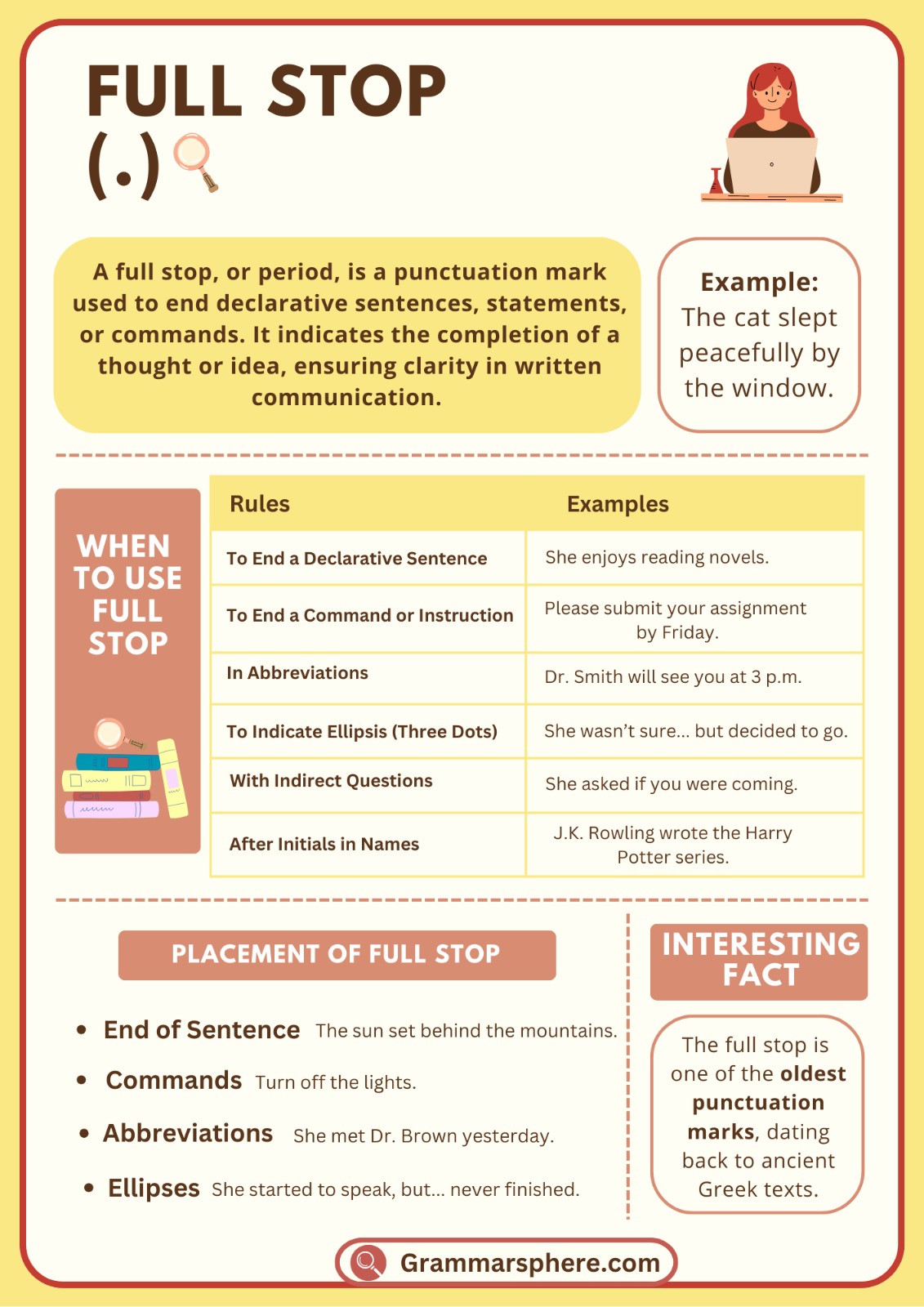
Using a Full Stop in Initials and Abbreviations
1. After Each Initial in a Name
A full stop is used after each initial in a name to indicate abbreviations.
✅ Correct Usage:
- J.K. Rowling
- A.P.J. Abdul Kalam
❌ Incorrect Usage (Extra Spaces):
- R. S. Sharma ❌
- R.S. Sharma ✅
2. Avoid Spaces Between Initials:
When using initials, avoid placing spaces between them and the full stops.
- R.S. Sharma ✅
- R. S. Sharma ❌
3. Full Stops in Formal Writing:
In formal or professional writing, full stops are often used consistently after initials for clarity and correctness.
Using a Full Stop at the End of an Indirect Question
An indirect question does not ask something directly but reports a question or expresses curiosity. Unlike direct questions, it ends with a full stop (.) instead of a question mark.
1. End with a Full Stop
Since an indirect question is a statement, it should conclude with a full stop.
- She asked if I could help her.
- I wonder when he will arrive.
2. No Question Mark
Do not use a question mark at the end of an indirect question.
- Correct: He asked where you were.
- Incorrect: He asked where you were?
3. Use in Formal Writing
Indirect questions are common in formal writing, especially in reported speech or when expressing thoughts without directly asking.
Using a Full Stop in Website URLs and Email Addresses
A full stop is essential for separating different parts of website URLs and email addresses. It helps define the domain, extensions, and username components.
1. In Website URLs
In URLs, the full stop separates the domain name from the extension (like .com, .org, .net).
2. In Email Addresses
In email addresses, full stops are used between the username and the domain, as well as between the domain and its extension.
3. Multiple Full Stops in Domain Names
Some domains may include more than one full stop, especially in country-specific domains or subdomains.
- www.company.co.uk
- blog.example.net
4. Avoid Extra Full Stops
Ensure no extra full stops are added accidentally, as this can make the URL or email address invalid.
- Correct: info@domain.com
- Incorrect: info@domain..com
Avoiding Overuse of Full Stops
Using too many full stops makes writing sound broken and hard to read. It stops the flow of ideas.
❌ Wrong (Too Many Stops):
She went. To the store. And bought. A dress.
✅ Right (Smooth Sentence):
She went to the store and bought a dress.
Examples Sentences with Full Stop
- The cat is sleeping on the couch .
- She finished her homework before dinner .
- We are going to the beach tomorrow .
- He loves playing soccer with his friends .
- The book was interesting and informative .
- They live in a small town near the mountains .
- The children are playing in the park .
- She drinks coffee every morning .
- He asked for directions to the nearest bus stop .
- The movie starts at 7 p.m. tonight .
Why Are Full Stops Important?
Full stops are essential in writing because they indicate the end of a sentence, ensuring clarity and readability. They help structure ideas, separate thoughts, and prevent confusion.
Proper use of full stops enhances communication by making text easier to understand. In formal writing, they maintain professionalism and correctness, ensuring sentences are well-organized and complete.
Example Without Full Stops:
✗ She finished her work she went to the park then she met her friends they had coffee.
Corrected Example:
✓ She finished her work. She went to the park. Then, she met her friends. They had coffee.
Common Mistakes with Full Stop
1. Missing Full Stop:
✗ I went to the store
✓ I went to the store .
2. Avoid Run-On Sentences
✗ He likes reading books , she enjoys painting
✓ He likes reading books . She enjoys painting
3. Wrong Placement with Coordinating Conjunctions
✗ They are coming over later I need to clean the house
✓ They are coming over later . I need to clean the house
4. Incorrect Full Stop Placement
✗ She went to the park and played there
✓ She went to the park . And played there .
5. Missing Full Stop Between Sentences
✗ The meeting is at 5 p.m see you there
✓ The meeting is at 5 p.m . See you there
FAQS
1. When should I use a full stop?
Use a full stop at the end of a statement, command, or indirect question.
2. Can I use a full stop after a question mark or exclamation mark?
No, if a sentence ends with a question mark (?) or exclamation mark (!), a full stop is not needed.
3. Do abbreviations always need a full stop?
Not always. Some abbreviations like Dr (Doctor) may omit it, while others like etc. and e.g. include it.
4. Should I use a full stop in bullet points?
It depends. If the bullet points form full sentences, use full stops. Otherwise, they are optional.
5. Can a full stop be used in informal texting?
Yes, but it can sometimes seem too formal or serious in casual messages.
You May Also Like

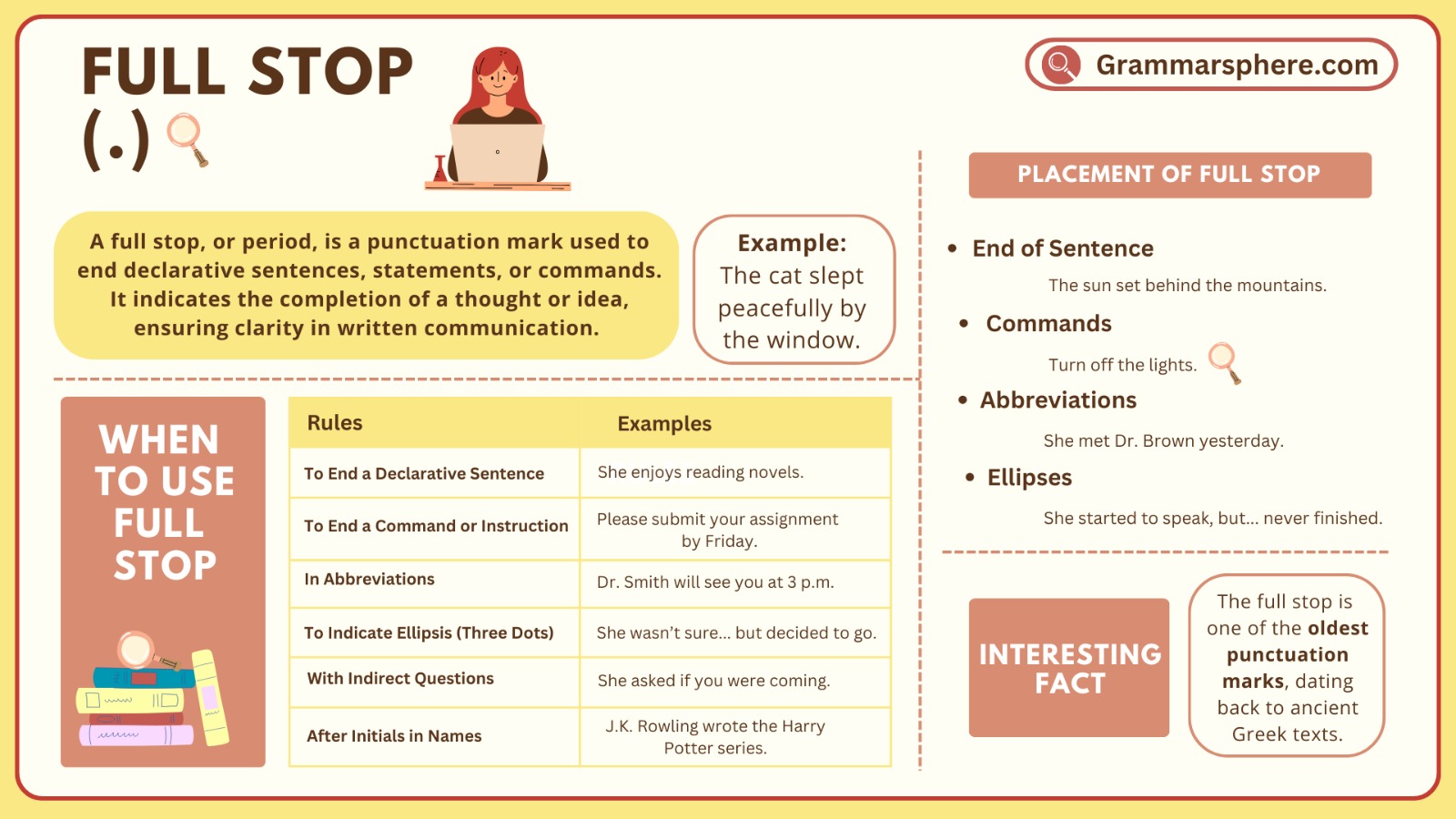
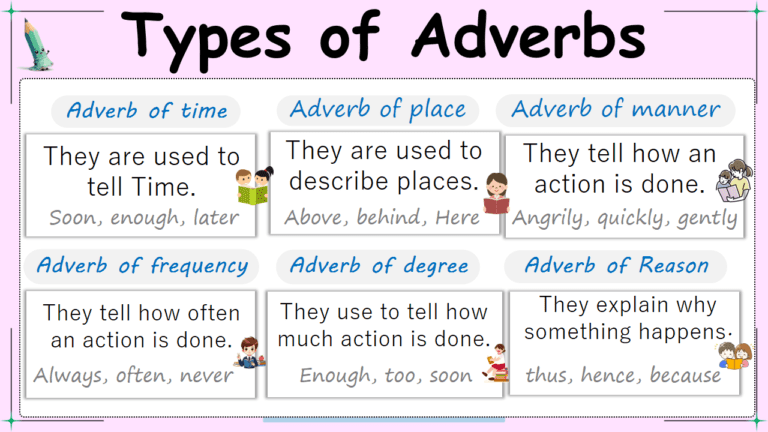
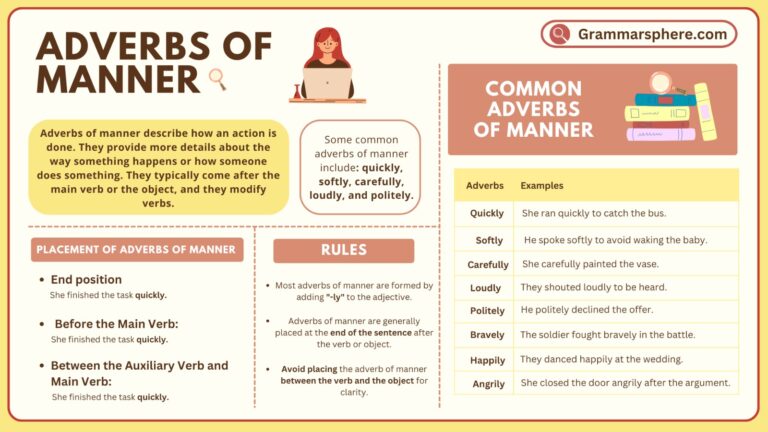
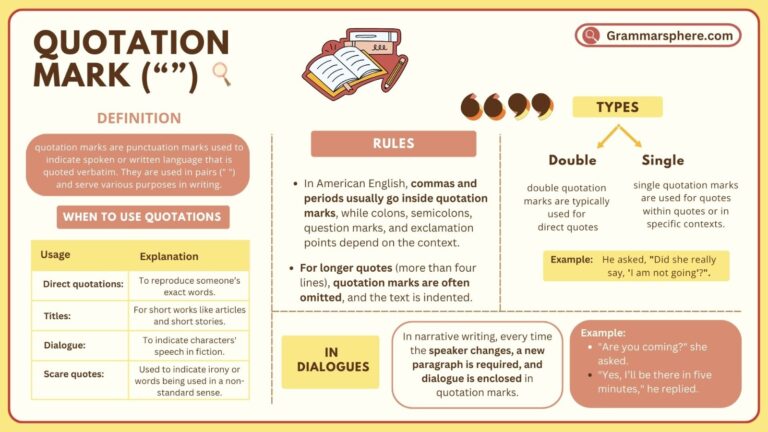
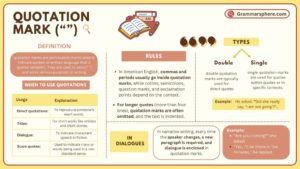
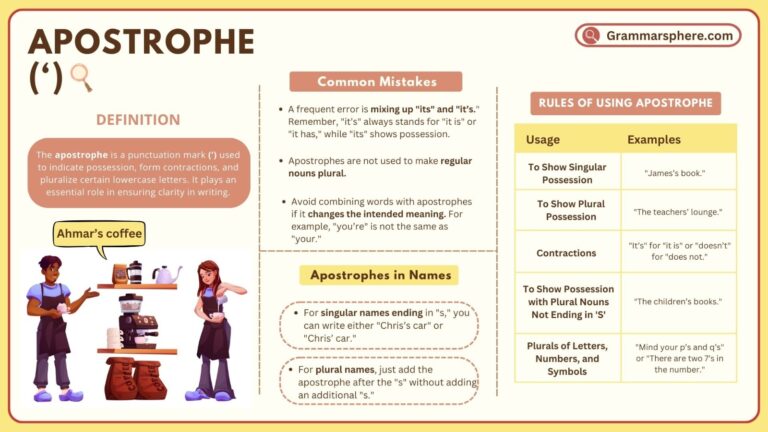

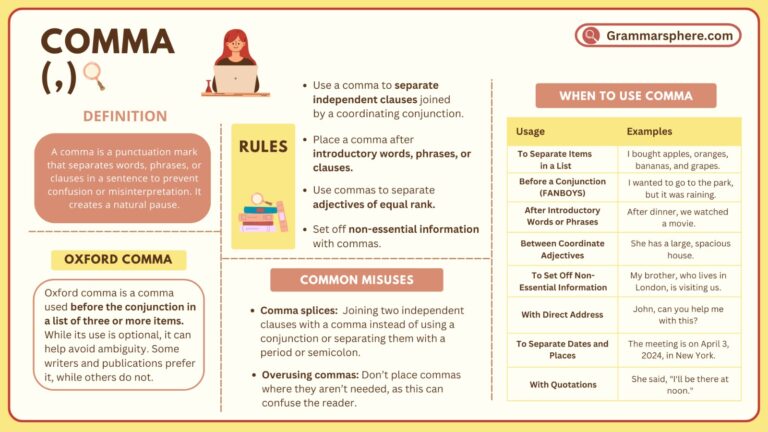
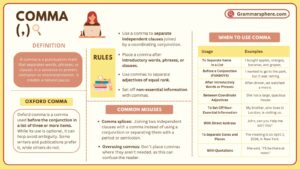
Leave a Comment